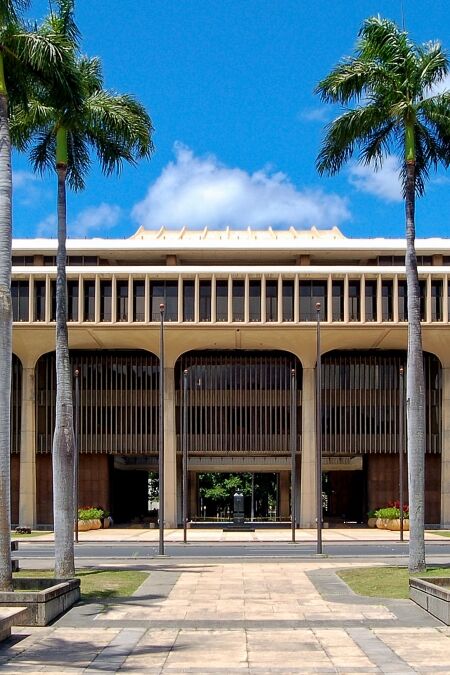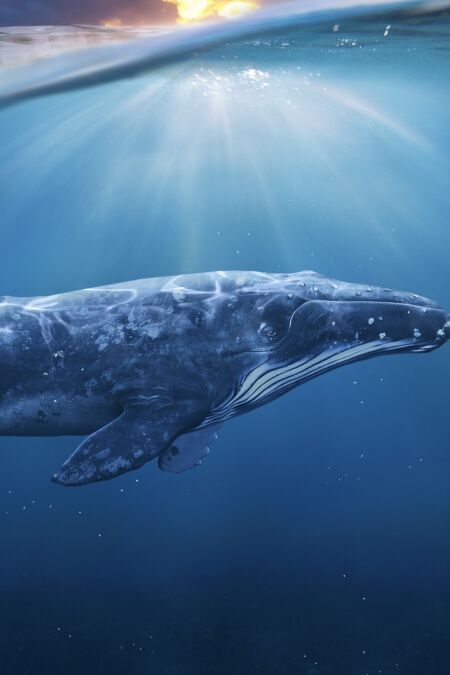Mauna Kea, Hawaii’s tallest peak, is a symbol of natural wonder and cultural significance. Rising majestically above the Hawaiian Islands, it offers visitors a plethora of experiences, from stargazing at its world-renowned observatories to hiking its scenic trails and exploring its rich cultural heritage. This guide aims to equip you with essential information and insider tips to make your trip to Mauna Kea truly unforgettable, ensuring you make the most of this iconic destination.
Highlights
- Marvel at the vastness of the universe and witness celestial wonders with telescopes provided by observatories atop the mountain.
- Experience breathtaking sunsets and sunrises from the summit of Mauna Kea.
- Nature enthusiasts can explore the mountain’s unique ecosystem, including rare silversword plants and elusive native birds.
- Traverse rugged terrain and witness the dramatic changes in landscapes as you ascend to heights of over 13,000 feet above sea level.
- Educational tours offer insights into groundbreaking discoveries and the cutting-edge technology used to explore the cosmos.
History
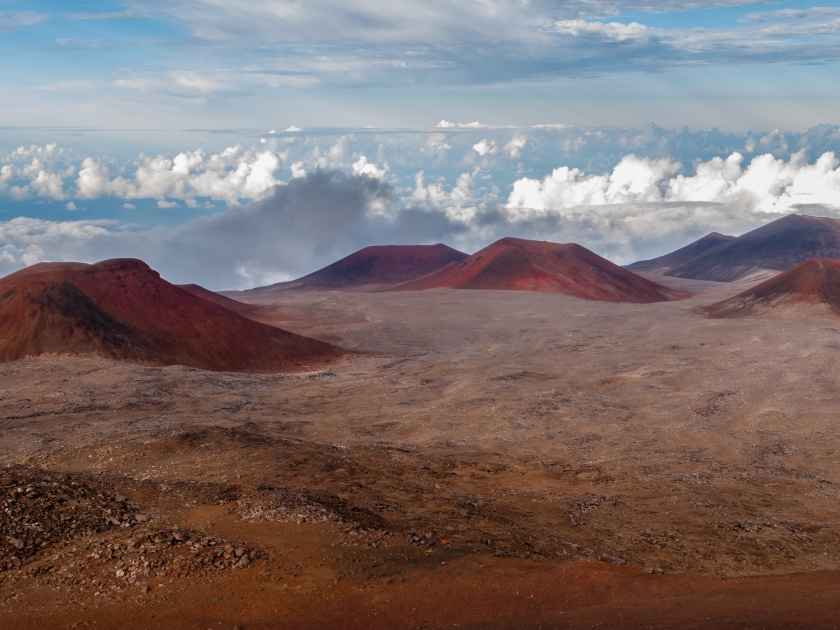
Genesis of Fire (1 Million Years Ago - Present)
Mauna Kea’s fiery origins trace back over a million years ago when it emerged as a hotspot volcano. Erupting relentlessly for hundreds of thousands of years, it gradually built its colossal structure, shaping the landscape over time.
The Dormant Transition (250,000 - 4,000 Years Ago)
Around 250,000 years ago, Mauna Kea’s eruptions began to wane, signaling a transition towards its current dormant state. Over millennia, its volcanic activity decreased, with the last known eruption occurring roughly 4,500 to 6,000 years ago.
The Sacred Peak (Pre-Colonial Hawaii - Present)
In the rich tapestry of Hawaiian tradition, Mauna Kea’s summit holds profound spiritual significance. It serves as a sacred nexus, bridging the earthly realm with the heavens above. Access to its heights was restricted, reserved solely for chiefs and priests who sought communion with the divine.
Science and Modernization(1960s - Present)
As the modern era dawned, Mauna Kea’s lofty altitudes and crystal-clear skies beckoned pioneers of scientific exploration. In the 1960s, the Mauna Kea Observatory was born, catalyzing a renaissance in astronomical research. From its vantage point, it became a beacon of discovery, propelling humanity’s understanding of the cosmos to new heights.
At Present
However, alongside the pursuit of scientific discovery, Mauna Kea’s present is marked by a complex interplay of tradition and progress. The presence of the observatory has become a focal point of contention, as some Native Hawaiians perceive it as a desecration of sacred land. This ongoing cultural conflict underscores the nuanced narrative that continues to shape Mauna Kea’s identity.
Top Attractions at Mauna Kea
Mauna Kea Visitor Center
Located amidst the breathtaking landscape of Mauna Kea, the Visitor Center serves as a gateway to understanding the mountain’s profound significance. Offering a range of facilities and services, including informational exhibits and educational programs, visitors can delve into the geological, cultural, and astronomical wonders of the peak. From interactive displays to guided tours, the center provides an immersive experience for all ages. Before your visit, remember to check the center’s operating hours and consider arriving early to make the most of your time exploring this captivating destination.
Mauna Kea Observatory
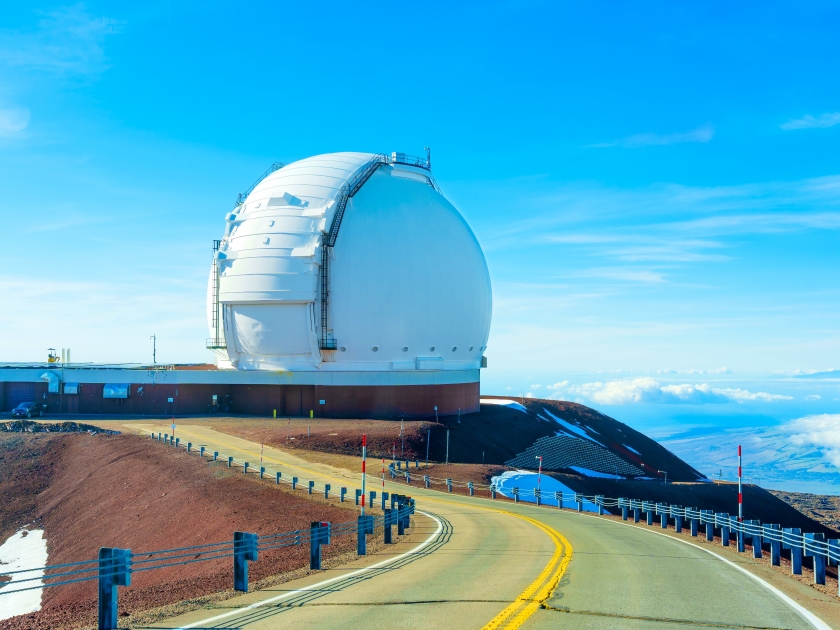
The observatory complex stands as a beacon of scientific discovery and celestial wonder. Comprising a network of cutting-edge telescopes and research facilities, the observatory offers unparalleled stargazing experiences and informative guided tours. Visitors have the opportunity to witness groundbreaking astronomical research and marvel at the beauty of the night sky from one of the world’s premier observatory sites. However, it’s essential to adhere to visitor guidelines and regulations to ensure the preservation of this delicate environment and the safety of all guests and researchers alike.
Mauna Kea Summit
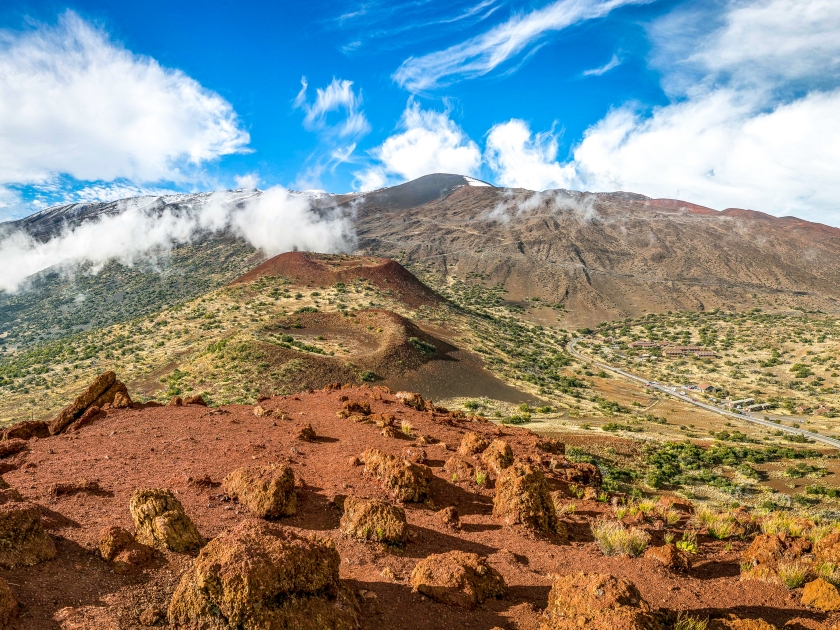
Standing at the summit of Mauna Kea offers a breathtaking experience, but access comes with regulations to preserve this sacred space. Visitors can witness awe-inspiring sunrises and sunsets against the backdrop of the Pacific Ocean from this lofty vantage point. Exploring hiking trails and viewpoints reveals panoramic vistas of the island’s diverse landscapes. However, given the high altitude, it’s crucial to take safety precautions, including acclimatization, hydration, and awareness of altitude-related symptoms, to ensure a safe and memorable adventure to the summit of Mauna Kea.
Mauna Kea Beach
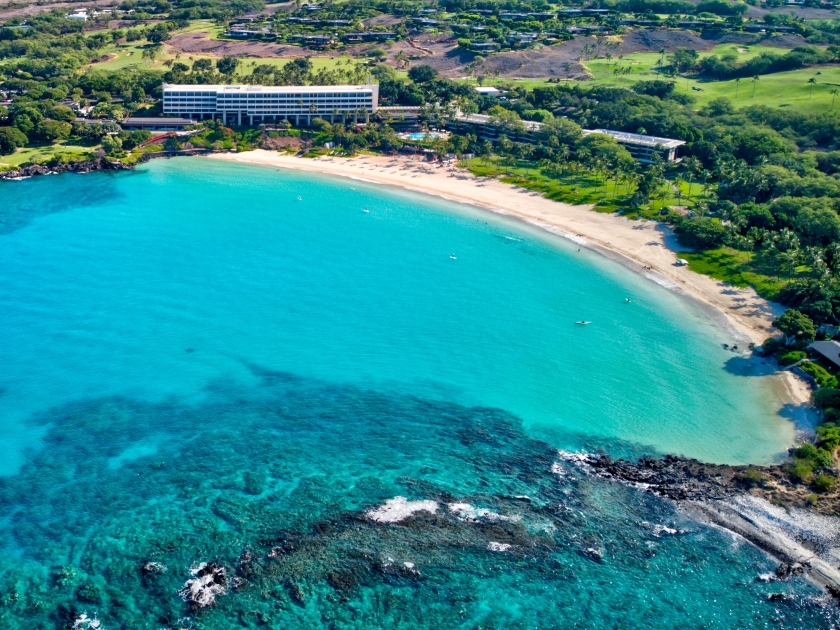
Perfect for relaxation and recreation, visitors can indulge in swimming, snorkeling amidst vibrant coral reefs, and soaking up the sun’s rays on the idyllic shores. The beach offers convenient amenities, including showers, restrooms, and beach equipment rentals, ensuring a comfortable day by the sea. For a memorable visit, consider arriving early to secure a prime spot, and don’t forget to bring sunscreen, snacks, and plenty of water to stay hydrated under the Hawaiian sun.
Things to Do
Stargazing Experiences and Guided Tours
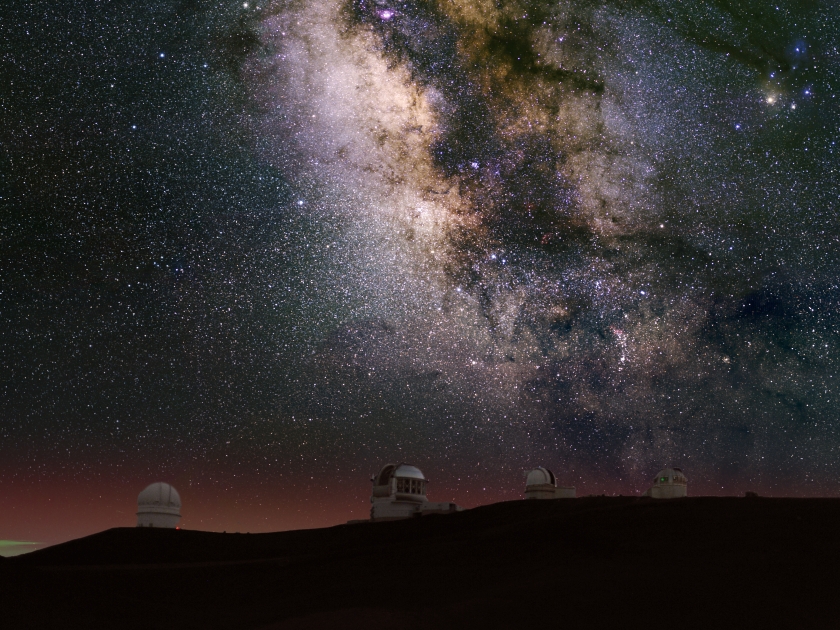
Delve into the wonders of the night sky as expert astronomers guide you through celestial phenomena and unveil the mysteries of the universe. Whether you’re a seasoned stargazer or a novice astronomer, these immersive experiences offer a unique opportunity to witness the beauty of the cosmos from one of the world’s premier observatory sites. Don’t miss the chance to gaze upon distant galaxies, nebulae, and planets against the backdrop of Hawaii’s star-studded skies, creating memories that will last a lifetime.
Hiking trails and viewpoints
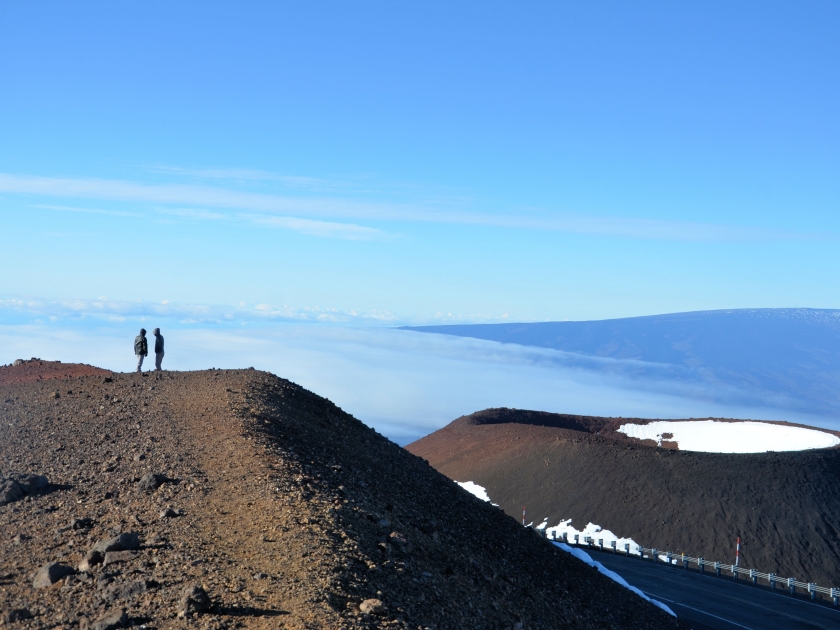
Traverse rugged terrain, lush forests, and volcanic landscapes as you explore the mountain’s majestic surroundings. Whether you’re seeking a stroll or a challenging trek, there are trails suitable for all skill levels, offering unparalleled opportunities to immerse yourself in Hawaii’s natural beauty. Be sure to pack essentials like water, sunscreen, and sturdy footwear, and don’t forget your camera to capture the awe-inspiring vistas along the way. From panoramic overlooks to hidden gems waiting to be discovered, hiking on Mauna Kea promises unforgettable experiences for outdoor enthusiasts of all ages.
Wildlife spotting and nature walks
From rare bird species to unique plant life, the mountain is teeming with fascinating creatures and ecosystems waiting to be explored. Guided nature walks offer insights into the delicate balance of this unique environment, allowing visitors to connect with nature on a deeper level. Keep your eyes peeled for native species such as the Hawaiian honeycreeper and the endangered palila bird, and don’t forget to tread lightly to minimize your impact on the fragile ecosystem. Whether you’re an avid nature enthusiast or simply seeking a tranquil escape, wildlife spotting, and nature walks on Mauna Kea promise unforgettable encounters with the natural world.
Witness the sunset and the sunrise
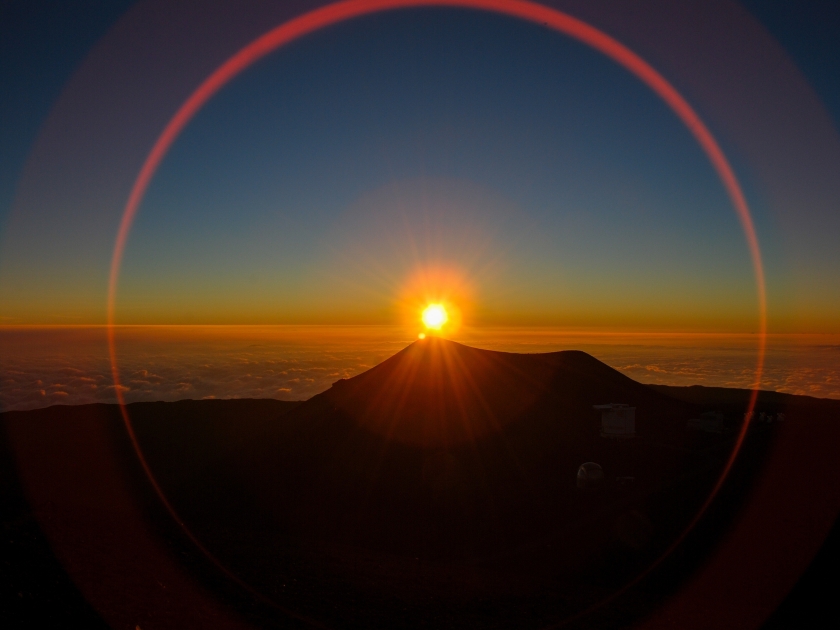
Experience the magic of Mauna Kea’s sunrise and sunset, two breathtaking spectacles that paint the sky with hues of orange, pink, and purple. Whether you choose to witness the first light of day breaking over the horizon or bid farewell to the sun as it dips below the Pacific Ocean, both moments offer unforgettable vistas and a profound connection with nature. From the summit’s lofty heights to secluded viewpoints along the coast, find the perfect spot to soak in the beauty of these celestial displays and create memories that will last a lifetime. Don’t forget to arrive early to secure a prime viewing location and dress warmly to ward off the mountain’s chilly temperatures, ensuring a comfortable and awe-inspiring experience.
Tips for Visiting
- Take time to acclimate to the high altitude to avoid altitude sickness.
- Stay hydrated and avoid strenuous activities until fully acclimated.
- Layer clothing to accommodate temperature changes throughout the day.
- Bring warm clothing, including jackets and hats, as temperatures can drop significantly at higher elevations.
- Drive cautiously on mountain roads, especially considering steep inclines and potential adverse weather conditions.
- Follow marked trails and heed any warnings or advisories from park rangers.
- Respect designated areas and avoid disturbing wildlife and natural habitats.
- Dispose of waste properly and minimize your environmental impact by practicing Leave No Trace principles.
- Support local conservation efforts and consider volunteering or donating to preservation initiatives.
Nearby Attractions and Side Trips
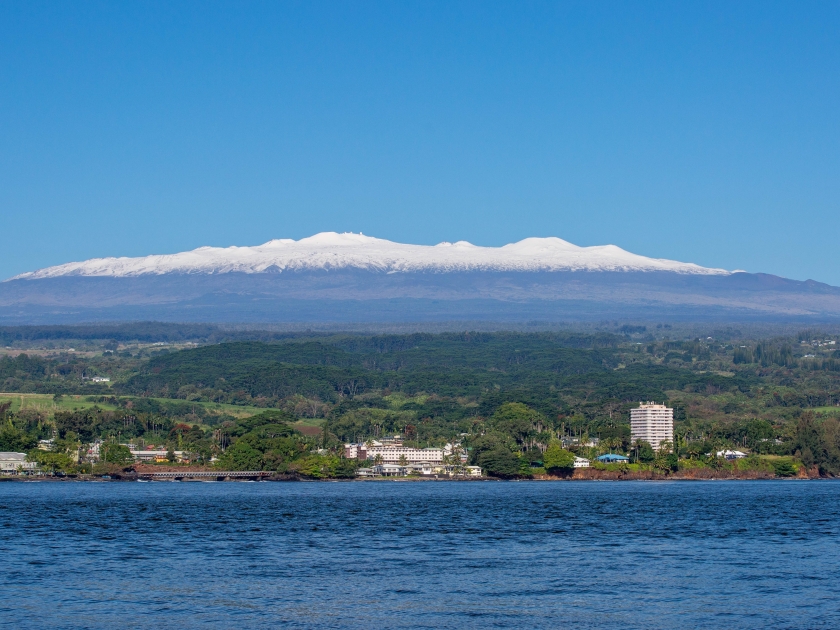
Discover the natural wonders of the Big Island with visits to iconic sites such as Hawai’i Volcanoes National Park, where you can witness the awe-inspiring power of active volcanoes and explore lava tubes and craters. Immerse yourself in the rich cultural heritage of nearby towns and villages like Hilo and Waimea, where you can explore local markets, museums, and historic sites, offering insights into Hawaiian traditions and customs. For thrill-seekers and adventure enthusiasts, a plethora of exhilarating activities await, from zip-lining through lush rainforests to snorkeling in pristine marine sanctuaries or embarking on helicopter tours for a bird’s-eye view of the island’s breathtaking landscapes. Whether you’re seeking natural wonders, cultural immersion, or adrenaline-pumping adventures, the surrounding areas of Mauna Kea promise unforgettable experiences for every traveler.
Frequently Asked Questions (FAQs)
No, Mauna Kea is not the tallest mountain in the world when measured from its base to its summit. However, if measured from its base on the ocean floor, it is the tallest mountain in the world, standing approximately 33,500 feet (10,200 meters) tall.
Mauna Kea is renowned for its astronomical observatories due to its ideal conditions for stargazing. Its high altitude, clear skies, and minimal light pollution make it one of the best locations on Earth for observing the cosmos. Additionally, the mountain holds significant cultural and spiritual importance to Native Hawaiians.
The highest mountain underwater is also part of the Hawaiian Island chain, and it is known as Mauna Kea’s neighbor, Mauna Loa. When measured from its base on the ocean floor, Mauna Loa surpasses Mauna Kea, reaching approximately 30,000 feet (9,100 meters) above sea level.
Mauna Kea is considered a dormant volcano, meaning it is not currently erupting but has the potential to erupt again in the future. While there is no indication of an imminent eruption, scientists continue to monitor volcanic activity on the island of Hawaii, including Mauna Kea, for any signs of unrest.
Yes, there are environmental concerns related to human activities on Mauna Kea, particularly regarding the construction and operation of astronomical observatories. These concerns include habitat disturbance, impacts on native flora and fauna, and cultural sensitivities.
While access to the summit is restricted, there are guided tours available for visitors to explore the mountain’s observatories and learn about its scientific significance.
How to Get There
By Car
To reach the summit of Mauna Kea by car, one must first drive to the Mauna Kea Visitor Information Station (VIS), accessible from Hilo via Highway 200 (Saddle Road) and then turn right onto Mauna Kea Access Road. It’s crucial to note that the final segment of the road to the summit is steep and unpaved, requiring a four-wheel drive vehicle. Visitors should also acclimate to the altitude at the VIS for about an hour before proceeding to the summit.
By Bus
Alternatively, for those preferring not to drive, several tour companies offer guided trips to Mauna Kea, including transportation by bus. These tours often include stargazing sessions with telescopes, informative talks about the astronomical research conducted at Mauna Kea, and warm clothing rental for the cold temperatures at the summit. Booking in advance is highly recommended as these tours are popular and spots fill up quickly.
Unveil the Wonders of Mauna Kea!
Mauna Kea beckons with a plethora of unforgettable experiences, whether you’re exploring its informative visitor center, gazing at the stars from its summit, or lounging on the pristine sands of its beach. As you plan your visit, remember to tread lightly and respect the cultural and scientific significance of this majestic volcano. By embracing responsible tourism practices, we can ensure that future generations will continue to marvel at the beauty and wonder of Mauna Kea.


